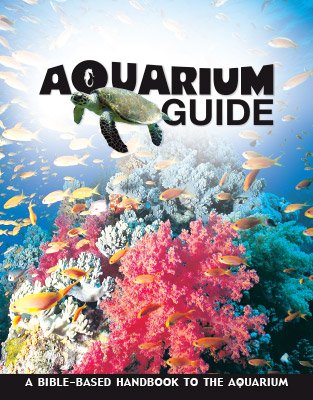Double-Crested Cormorant
Created on Day 5
on July 13, 2012The double-crested cormorant is designed with a hook-like tip on its bill, which helps it capture its prey underwater.
Design

The double-crested cormorant is designed with a hook-like tip on its bill, which helps it capture its prey underwater. The cormorant, like the anhinga, doesn’t have oil glands to properly waterproof its feathers. It must come ashore to dry out its feathers so it can fly again.
Features
- The double-crested cormorant’s feathers are dark brown or black with a greenish tint. It has a lean body, a long neck, and somewhat short wings. During the breeding season, the double-crested cormorant has blue eyelids, orange on its throat sacs, and two black crests.
Fun Facts
- The bright colors of the double-crested cormorant are used to attract a mate during the breeding season. But after the mating season is over, the crests and blue eyelids are lost, and the orange coloring becomes yellow.
CLASS: Aves (birds)
ORDER: Pelecaniformes (pelicans, tropicbirds, cormorants, and relatives)
FAMILY: Phalacrocoracidae (cormorants)
GENUS/SPECIES: Phalacrocorax auritus
Size: 2–3 ft (0.6–1 m); wingspan up to 52 in (132 cm)
Weight: 2.5–5.5 lbs (1.1–2.5 kg)
Diet: Primarily fish; sometimes crustaceans, insects, and amphibians
Habitat: North America, as far north as southern Alaska, and as far south as Mexico
Aquarium Guide
With fun facts about more than 100 animals, this long-awaited Aquarium Guide includes beautiful pictures and reveals the incredible facts and design features that point to our amazing Creator. This handy size guide is excellent for school field trips and family trips to your favorite aquarium!
Browse Kids Book- © 2024 Answers in Genesis
- Privacy Policy
- Contact
- About

